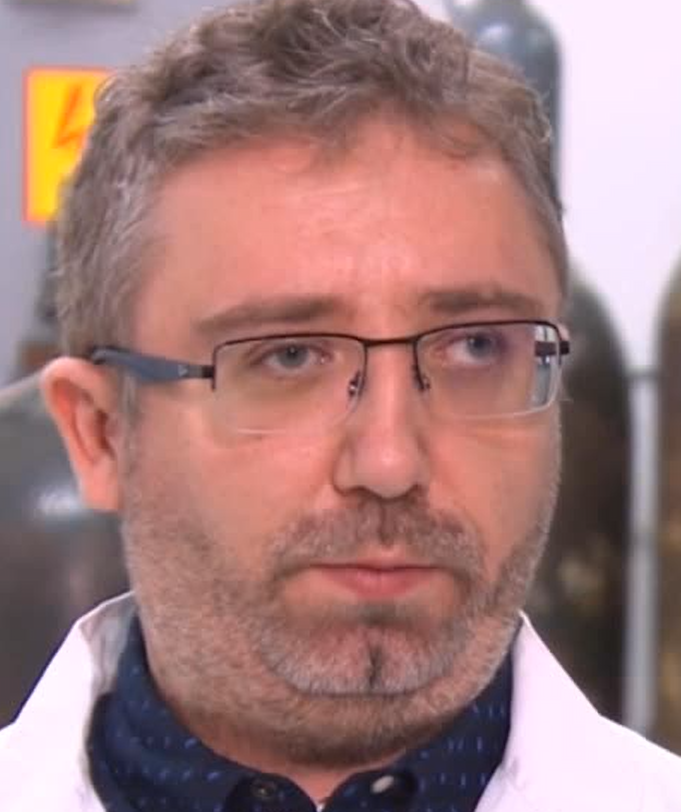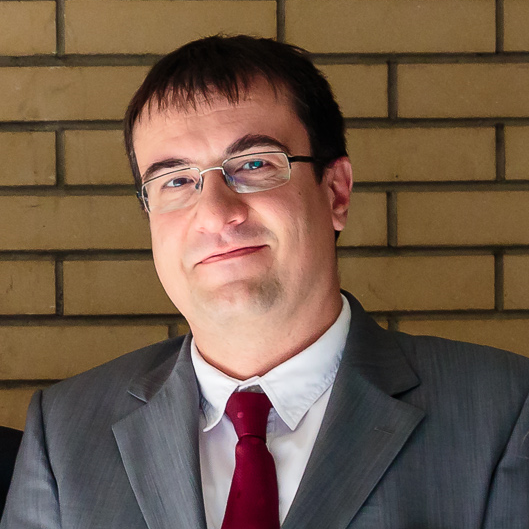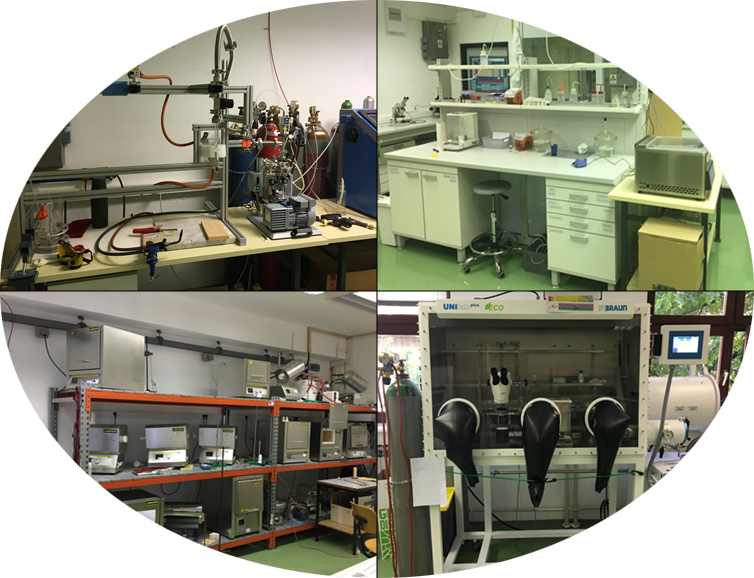
|
As a successor of the Physics Division (Fizički zavod) with long tradition and history, Experimental Physics Division (EPD) was established on April 26, 2013, by the decision of the Council of the Department of Physics. This form of operating was established as the most suitable for optimum utilization of existing (and acquisition of the new) equipment, as well as to facilitate the exchange of experience of researchers from different branches of physics, and as an incentive for interdisciplinary research. EPD has particular interest in experimental solid state physics, atomic and molecular physics, nuclear physics, and physics of medium and high energy, astrophysics, biophysics and physics education research. The Experimental Physics Division is home to highly-advanced research. Its members publish the best results of their research in leading academic journals such as Nature, Science, Physical Review Letters, Astrophysical Journal, Physical Review A, B, C, D, E and so on. The echo of these researches is reflected in the more than 2500 citations each year, a series of guest lectures, memberships in editorials of prestigious journals etc. Members of the Division are successful supervisors and leaders of international and national competitive projects.
Head of the Experimental Physics Division Associate professor Emil Tafra Deputy head of the Experimental Physics Division: Associate professor Petar Žugec Experimental Physics Division |

 Pristupačnost
Pristupačnost








































